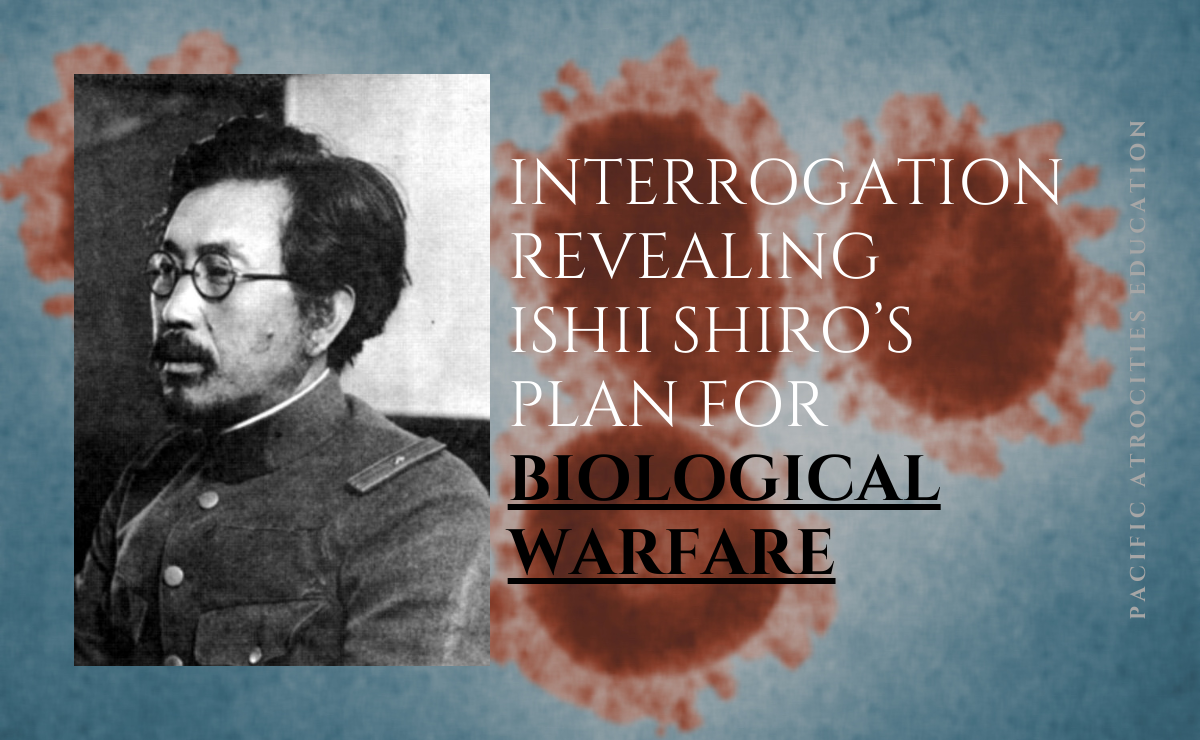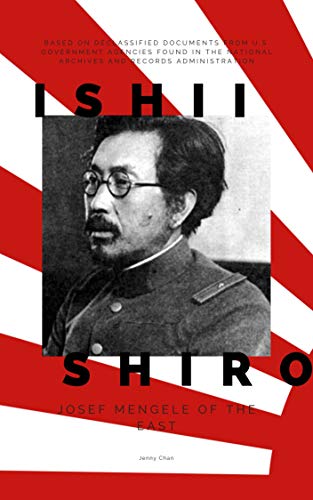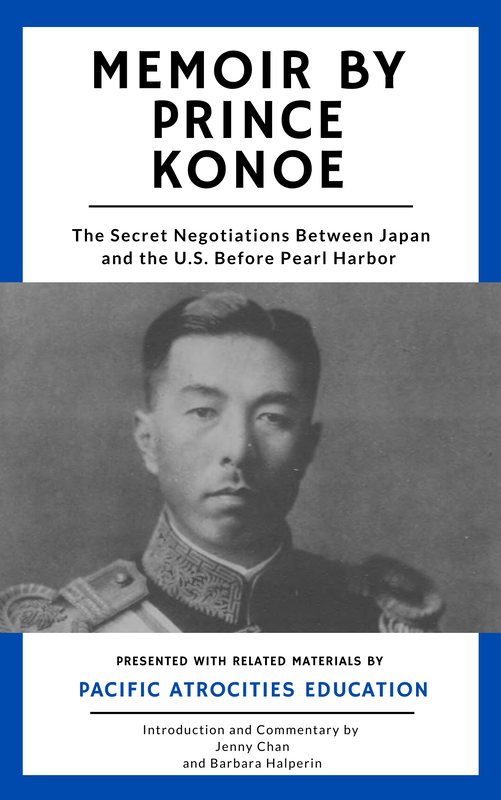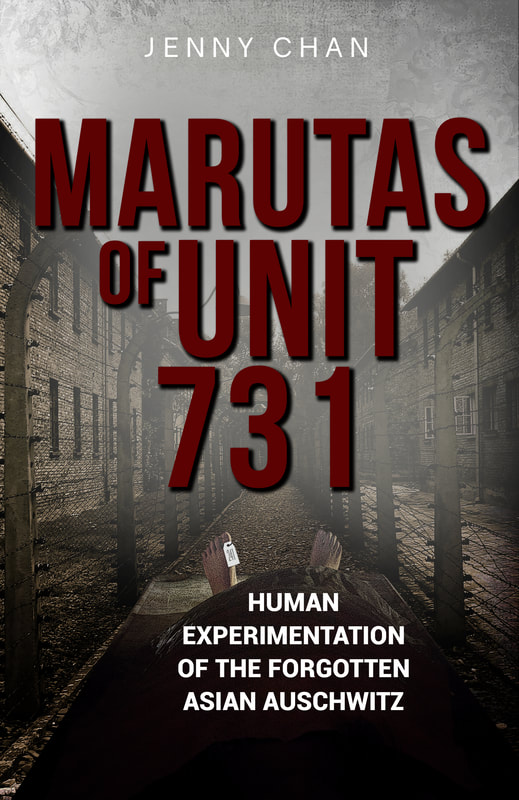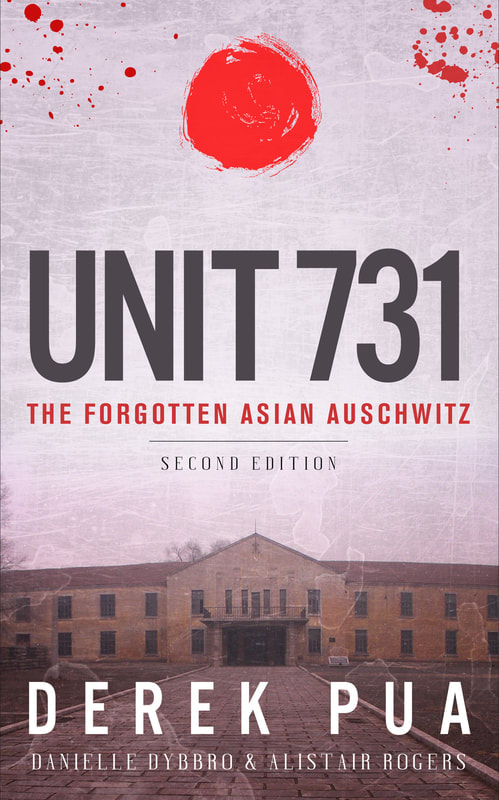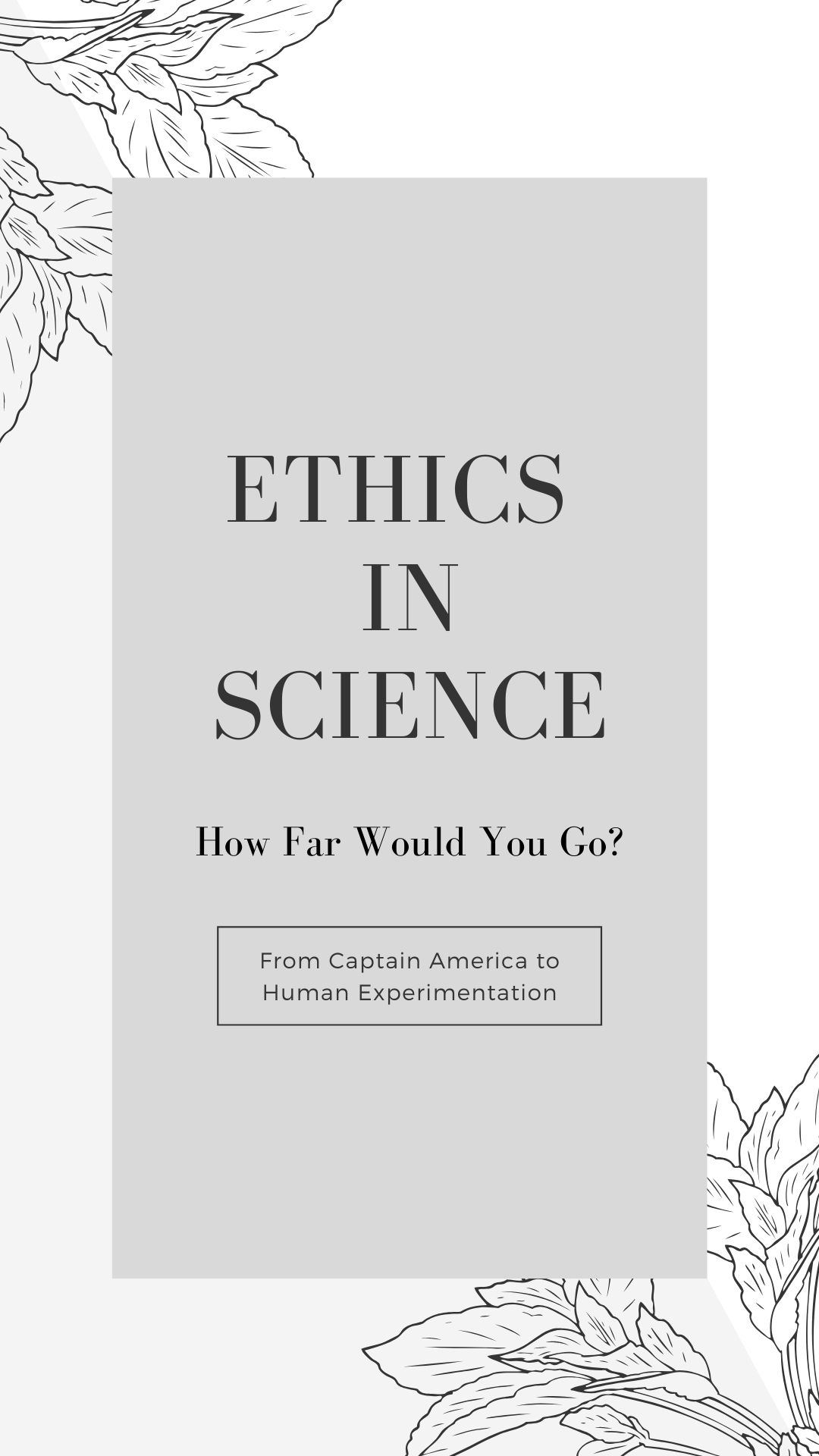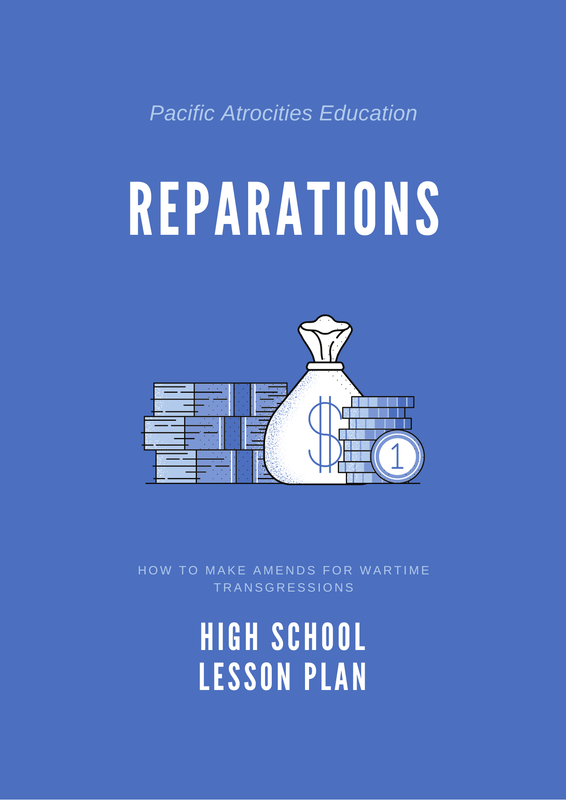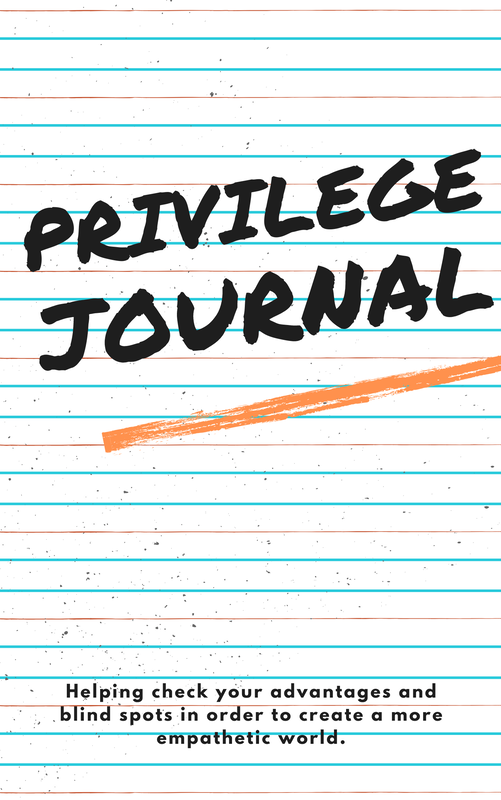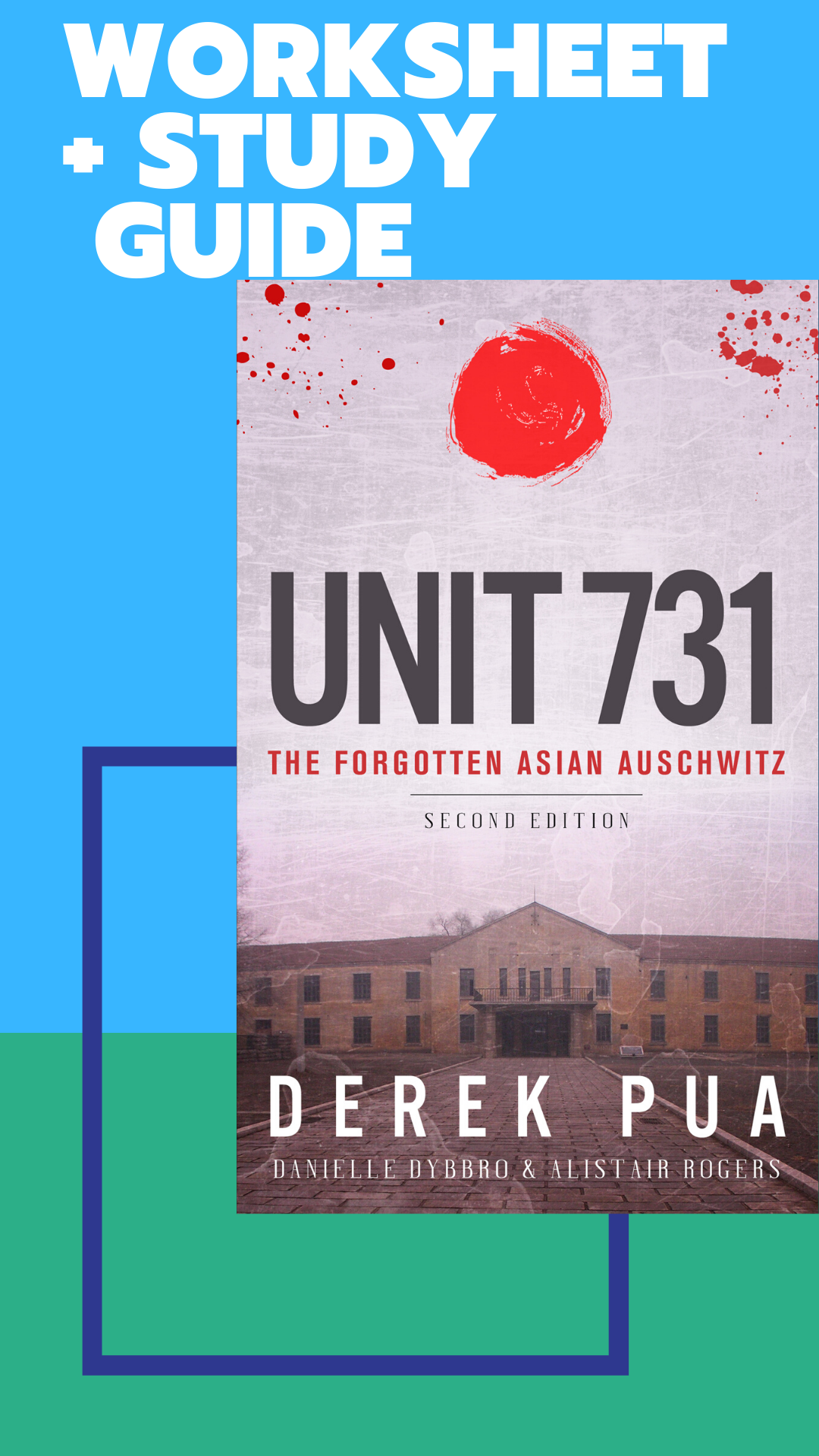|
by Ellie Wong Under the leadership of Commanding Officer Ishii Shiro, Unit 731 in Harbin, Manchuria functioned as the Imperial Japanese Army’s covert weapons research facility. Here, from 1937-1945, Japanese scientists and researchers experimented with lethal bacteriological agents, using animals, prisoners, and innocent Chinese villagers as guinea pigs. The personnel, funded by and at the consent of Emperor Hirohito, ruthlessly created epidemics and slaughtered humans alive, resulting in hundreds of thousands of innocent deaths and unimaginable suffering. Read more about the background of Unit 731 here & view all blog posts relating to Unit 731 here. Though at the closing of World War II the Japanese attempted to liquidate all evidence of their heinous crimes against humanity, declassified documents from a five-year Allied Occupaion Forces investigation in 1947 revealed a compelling testimony by former Japanese army officer and medical researcher Junichi Kaneko, offering insight to his work with biological agents during the course of the war. Obtained by PAE from the National Archives is the teseimony of Surgeon Major Kaneko, a physician and bacterial bomb expert, and one of the 3,000 faculty infamously offered immunity by the United States in exchange for information about the biological weapons research at Unit 731. Ishii and Hirohito were also granted full immunity under international law in what would come to be known as America’s elaborate coverup of Japanese war crimes. This kept Unit 731 a secret not only during, but after the war as well. On March 5, 1947, Kaneko testified to Allied Investigating Officer Joseph Sartiano that during his tenure at Harbin Experimental Station, he first was tasked with experimenting with a typhoid vaccine, conducting tests using mice and rabbits. This project developed alongside other scientists’ involving the cultivation of typhoid germs to infect the wells of Chinese villages. Then, in 1939, he was ordered under Commanding Officer Ishii to begin bacterial bomb experimentation, analyzing multiple ways a bomb could be manufactured and dropped to cause different amounts of damage and bomb content diffusion. Kaneko attested, “[Ishii’s plan] was to see if it were possible to conduct a bacterial phase of warfare”, and that these bomb experiments were a key part in this scheme. In 1941, Kaneko moved to Tokyo’s Institute of Infectious Diseases where his work was centered around injecting mice with salmonella to “determine how this bacteria affected the inner organs”. All of the mice used in Kaneko’s testing died. Having previously stated that animals’ reactions to biological agents representated its probable impact on human bodies as well, Kaneko’s research of bacterial bombs from 1939-1941 and fatal salmonella injections thereafter foreshadowed vengeful Japanese operations in the closely following years, including the Zhejiang-Jiangxi Campaign of 1942. During this atrocious episode, the Japanese unleashed hundreds of pounds of biological weapons including the plague, salmonella, and anthrax on Chinese civilians. Related BooksRelated Lesson Plans
1 Comment
Miller
9/20/2023 12:27:15 am
Thank you for providing such an informative and well-written blog post. The information you presented was supported by research and data, and I appreciated the practical applications and actionable steps you outlined. To explore more, <a href="https://prostadine24.com/text.php#aff=Navjot100" target="_blank">click here</a>.
Reply
Leave a Reply. |
- Home
- Stories
-
Internship
- Summer 2024 Internship
- Summer 2023 Internship
- Fall 2022 Internship
- Summer 2022 Internship
- Summer 2021 Internship
- Fall 2020- Spring 2021 Internship
- Summer 2020 Internship
- Fall 2019 Internship
- Summer 2019 Internship >
- School Year 2018-2019 Internship
- Summer 2018 Internship >
- Fall 2017 Internship
- Summer 2017 Internship >
- Books
- Archives
-
Resource Page
-
Supplementary Research Guides
>
- Unit 731 - Guide >
-
Philippines' Resistance - Guide
>
- Philippines World War II Timeline
- The Japanese Invasion & Conquest of the Philippines
- Bataan Death March
- Formation of Underground Philippines Resistance
- Supplies of the Guerrilla Fighters
- The Hukbalahap
- Hunter's ROTC
- Marking's Guerrillas
- United States Army Forces in the Philippines of Northern Luzon (USAFIP-NL)
- The Aetas
- Chinese and Filipino-Chinese Nationalist Guerrilla Units
- The Female Faces of the Philippine Guerrillas
- Rising Sun Flag - Guide >
- Pinay Guerrilleras - Guide >
- Fall of Singapore - Guide >
- Three Years and Eight Months - Guide >
- Siamese Sovereignty - Guide >
- The Khabarovsk War Crimes Trial - Guide >
- Unit 731 Cover-up : The Operation Paperclip of the East - Guide >
- Marutas of Unit 731 - Guide >
- Prince Konoe Memoir - Guide >
- Competing Empires in Burma - Guide >
- Battle of Shanghai - Guide >
- Ishi Shiro - Guide >
- Taiwan The Israel of the East - Guide >
- Seeking Justice for Biological Warfare Victims of Unit 731 - Guide >
- Rice and Revolution - Guide >
- Clash of Empires - Guide >
-
Hunger for Power and Self-SufficiencyI - Guide
>
- The Influence of War Rations on Post-War Culinary Transformations
- How World War II Complicated Food Scarcity and Invention
- American Military Innovations
- Government-Sponsored Food Inventions in Europe during World War II
- Feeding the Army: The Adaptation of Japanese Military Cuisine and Its Impact on the Philippines
- Mixed Dishes: Culinary Innovations Driven by Necessity and Food Scarcity
-
Denial A Quick Look of History of Comfort Women and Present Days’ Complication - Guide
>
- The Comfort Women System and the Fight for Recognition
- The Role of Activism and International Pressure
- The Controversy over Japanese History Textbooks
- The Sonyŏsang Statue and the Symbolism of Public Memorials
- Activism and Support from Japanese Citizens
- The Future of Comfort Women Memorials and Education
- Echoes of Empire: The Power of Japanese Propaganda - Guide >
- Lesson Plans >
-
Supplementary Research Guides
>
|
Pacific Atrocities Education
730 Commercial Street San Francisco, CA 94108 415-988-9889 |
Copyright © 2021 Pacific Atrocities Education.
We are a registered 501 (c)(3) charity. |
- Home
- Stories
-
Internship
- Summer 2024 Internship
- Summer 2023 Internship
- Fall 2022 Internship
- Summer 2022 Internship
- Summer 2021 Internship
- Fall 2020- Spring 2021 Internship
- Summer 2020 Internship
- Fall 2019 Internship
- Summer 2019 Internship >
- School Year 2018-2019 Internship
- Summer 2018 Internship >
- Fall 2017 Internship
- Summer 2017 Internship >
- Books
- Archives
-
Resource Page
-
Supplementary Research Guides
>
- Unit 731 - Guide >
-
Philippines' Resistance - Guide
>
- Philippines World War II Timeline
- The Japanese Invasion & Conquest of the Philippines
- Bataan Death March
- Formation of Underground Philippines Resistance
- Supplies of the Guerrilla Fighters
- The Hukbalahap
- Hunter's ROTC
- Marking's Guerrillas
- United States Army Forces in the Philippines of Northern Luzon (USAFIP-NL)
- The Aetas
- Chinese and Filipino-Chinese Nationalist Guerrilla Units
- The Female Faces of the Philippine Guerrillas
- Rising Sun Flag - Guide >
- Pinay Guerrilleras - Guide >
- Fall of Singapore - Guide >
- Three Years and Eight Months - Guide >
- Siamese Sovereignty - Guide >
- The Khabarovsk War Crimes Trial - Guide >
- Unit 731 Cover-up : The Operation Paperclip of the East - Guide >
- Marutas of Unit 731 - Guide >
- Prince Konoe Memoir - Guide >
- Competing Empires in Burma - Guide >
- Battle of Shanghai - Guide >
- Ishi Shiro - Guide >
- Taiwan The Israel of the East - Guide >
- Seeking Justice for Biological Warfare Victims of Unit 731 - Guide >
- Rice and Revolution - Guide >
- Clash of Empires - Guide >
-
Hunger for Power and Self-SufficiencyI - Guide
>
- The Influence of War Rations on Post-War Culinary Transformations
- How World War II Complicated Food Scarcity and Invention
- American Military Innovations
- Government-Sponsored Food Inventions in Europe during World War II
- Feeding the Army: The Adaptation of Japanese Military Cuisine and Its Impact on the Philippines
- Mixed Dishes: Culinary Innovations Driven by Necessity and Food Scarcity
-
Denial A Quick Look of History of Comfort Women and Present Days’ Complication - Guide
>
- The Comfort Women System and the Fight for Recognition
- The Role of Activism and International Pressure
- The Controversy over Japanese History Textbooks
- The Sonyŏsang Statue and the Symbolism of Public Memorials
- Activism and Support from Japanese Citizens
- The Future of Comfort Women Memorials and Education
- Echoes of Empire: The Power of Japanese Propaganda - Guide >
- Lesson Plans >
-
Supplementary Research Guides
>
